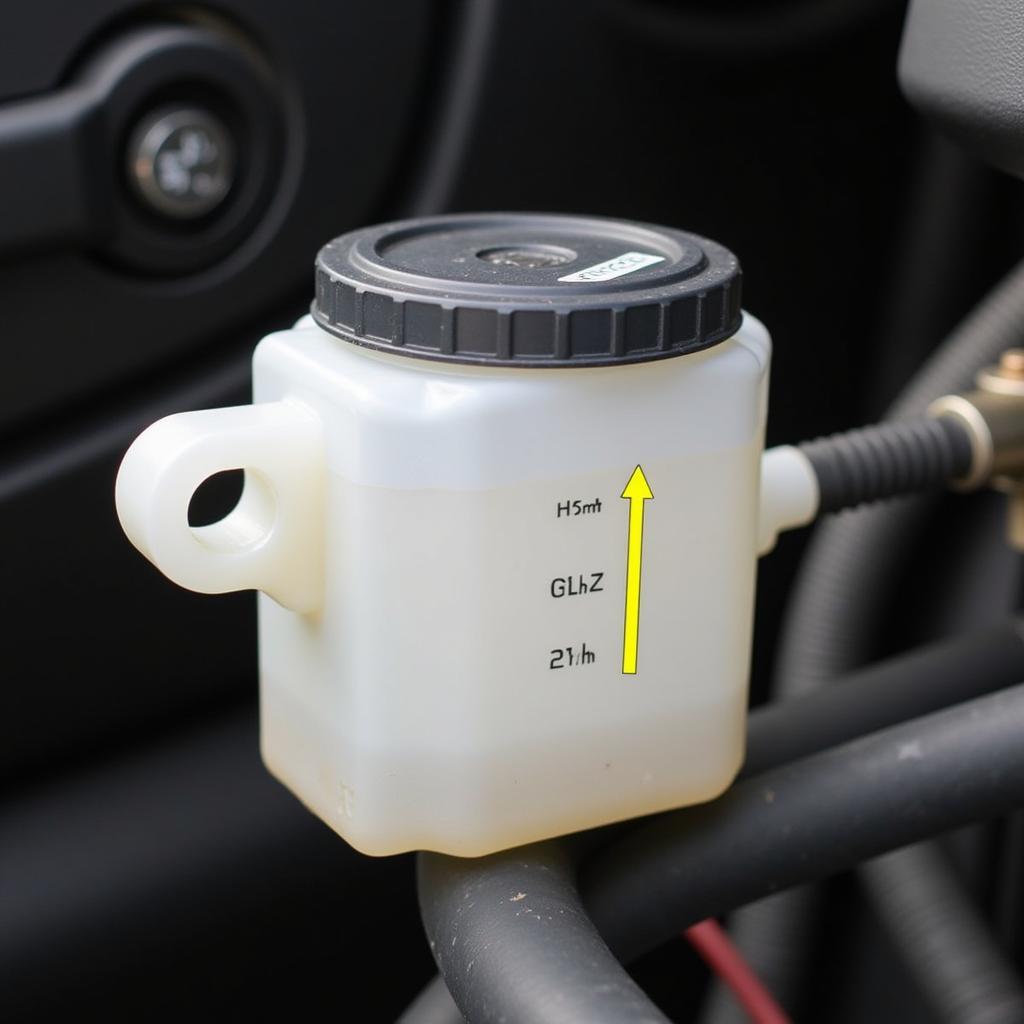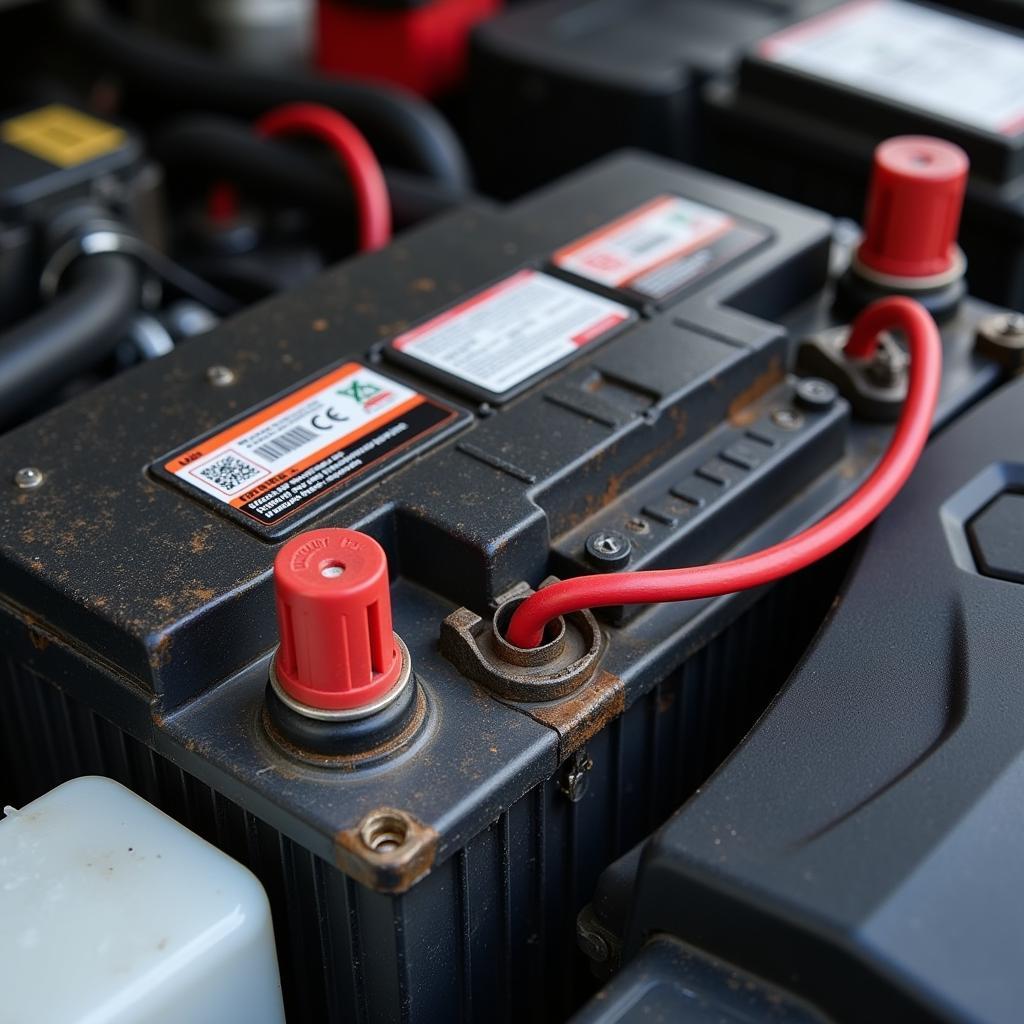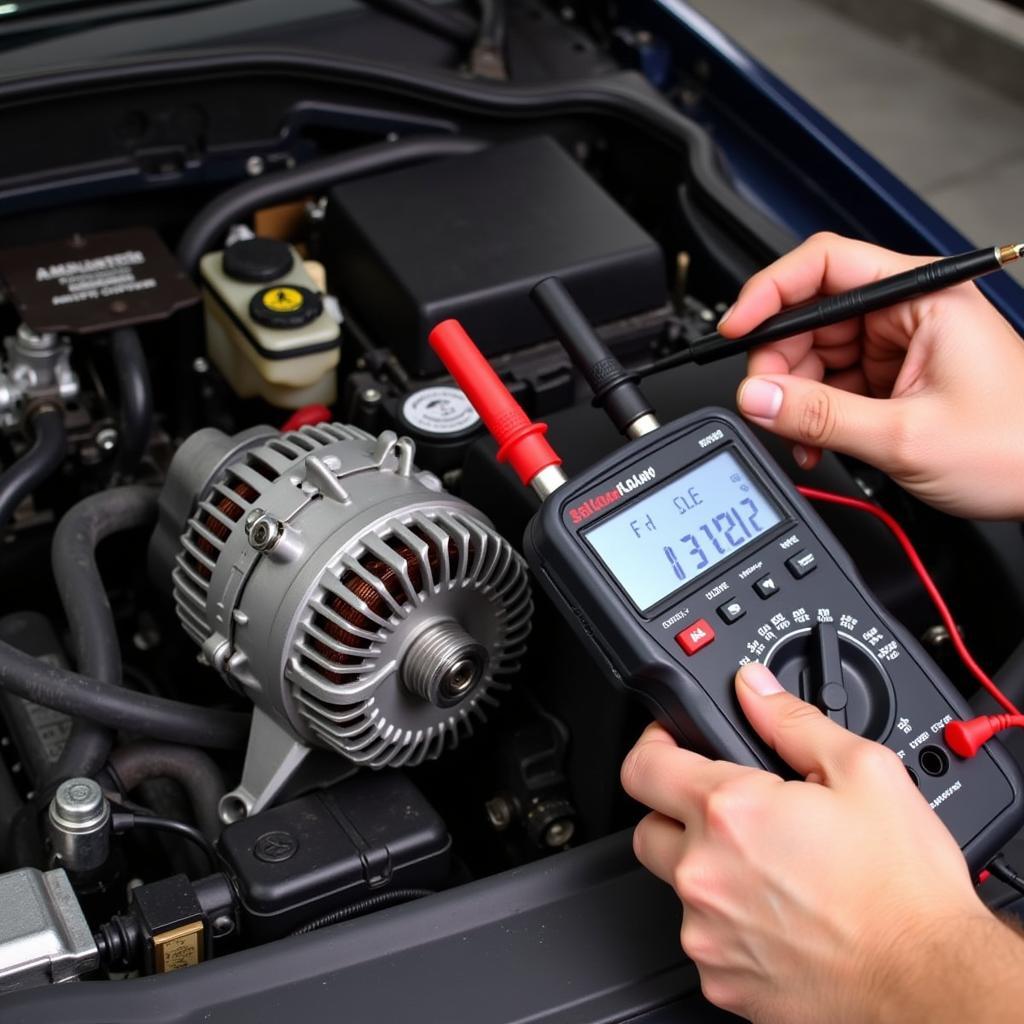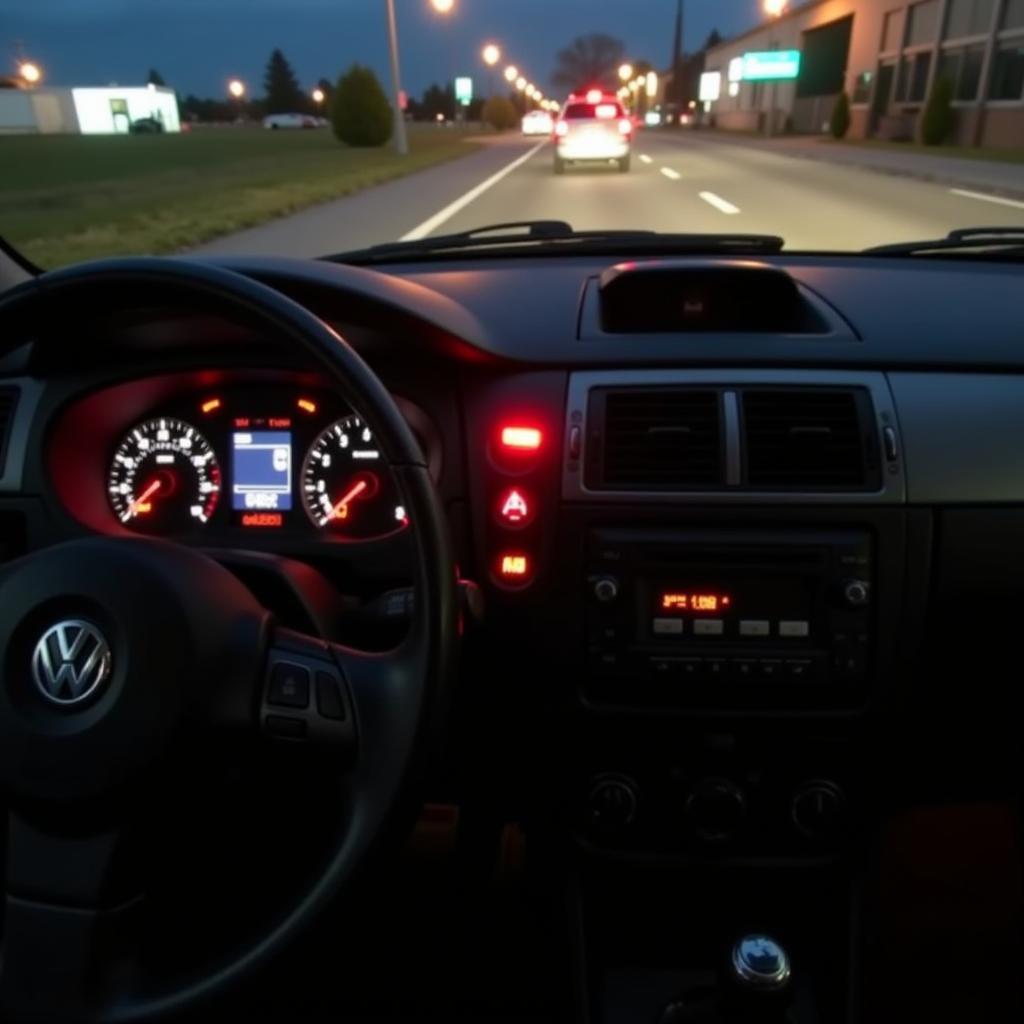If you own a Honda Pilot, you may encounter a scenario where the brake system warning light illuminates alongside the VSA (Vehicle Stability Assist) warning light. This issue can be alarming, potentially signaling a problem with your SUV’s critical safety systems. This article delves into the common reasons behind these warning lights appearing simultaneously on your Honda Pilot and provides potential solutions to get you back on the road safely.
Common Causes of Simultaneous Brake Light and VSA Light Illumination
Several factors can trigger both the brake system warning light and the VSA warning light to turn on in your Honda Pilot. Here are some of the most common culprits:
1. Faulty Wheel Speed Sensor
Your Honda Pilot relies on wheel speed sensors to monitor each wheel’s rotational speed. This data is crucial for the VSA system to function correctly, ensuring stability and traction control. A malfunctioning wheel speed sensor can disrupt this process, leading to the illumination of both the brake and VSA warning lights.
2. Brake Fluid Leak
Brake fluid is the lifeblood of your Honda Pilot’s braking system. A leak in the brake lines or a drop in brake fluid level can significantly impact braking performance and trigger the warning lights.
 Honda Pilot brake fluid reservoir
Honda Pilot brake fluid reservoir
3. ABS Control Module Problems
The ABS (Anti-lock Braking System) control module plays a vital role in managing both your Honda Pilot’s braking system and the VSA system. A faulty ABS control module can disrupt communication between these systems, leading to the simultaneous illumination of the warning lights.
4. Faulty Brake Light Switch
While it may seem counterintuitive, a faulty brake light switch can also trigger both the brake and VSA warning lights. The brake light switch signals the VSA system when you apply the brakes. If this switch malfunctions, the VSA system may not receive the correct input, leading to the warning lights illuminating.
5. Low Battery Voltage
Although primarily associated with electrical components, a low battery voltage can also affect your Honda Pilot’s brake and VSA systems. These systems rely on a stable electrical current for optimal performance. A weak battery can disrupt their operation, causing the warning lights to appear.
 Honda Pilot battery terminals
Honda Pilot battery terminals
Diagnosing the Issue: Next Steps
Identifying the precise cause of the warning lights requires a systematic approach:
-
Check Brake Fluid Level: Begin by inspecting the brake fluid level in the reservoir. If it’s below the minimum mark, there might be a leak in the system. Address the leak before refilling the brake fluid to the recommended level.
-
Inspect Wheel Speed Sensors: Visually examine each wheel speed sensor for any signs of damage or debris. Clean the sensors if necessary. If you suspect a faulty sensor, it’s best to have it tested by a qualified mechanic.
-
Scan for Diagnostic Trouble Codes: Modern vehicles, including the Honda Pilot, store diagnostic trouble codes (DTCs) when a malfunction occurs. These codes provide valuable insights into the potential source of the problem. Using an OBD-II scanner, you can retrieve and interpret these codes to narrow down the cause.
-
Seek Professional Help: If the issue persists after preliminary checks, it’s crucial to seek professional assistance. An experienced mechanic specializing in Honda vehicles will have the expertise and tools to accurately diagnose and resolve the underlying problem with your braking and VSA system.
Preventative Measures: Keeping Your Honda Pilot Safe
While some issues require professional attention, you can take proactive steps to maintain your Honda Pilot’s braking and VSA systems:
-
Regular Brake Fluid Checks and Changes: Adhering to your Honda Pilot’s recommended brake fluid service intervals is crucial. Regular checks and timely replacements ensure optimal brake system performance and help prevent unexpected issues.
-
Timely Battery Maintenance: Maintaining your battery’s health is essential for overall vehicle performance, including the braking and VSA systems. Regularly inspect your battery for signs of corrosion or damage and have it tested to ensure optimal voltage.
-
Promptly Address Warning Lights: Ignoring warning lights can lead to more significant problems down the line. Address any illuminated warning lights promptly to prevent potential safety hazards.
Conclusion
Experiencing simultaneous brake light and VSA warning light illumination on your Honda Pilot can be concerning. By understanding the potential causes, taking appropriate diagnostic steps, and following preventative measures, you can ensure your Honda Pilot remains safe and reliable. Remember, when in doubt, seeking professional help from a qualified mechanic is always recommended. By prioritizing your vehicle’s maintenance and addressing issues promptly, you can enjoy peace of mind on the road, knowing that your Honda Pilot’s essential safety systems are functioning correctly.


